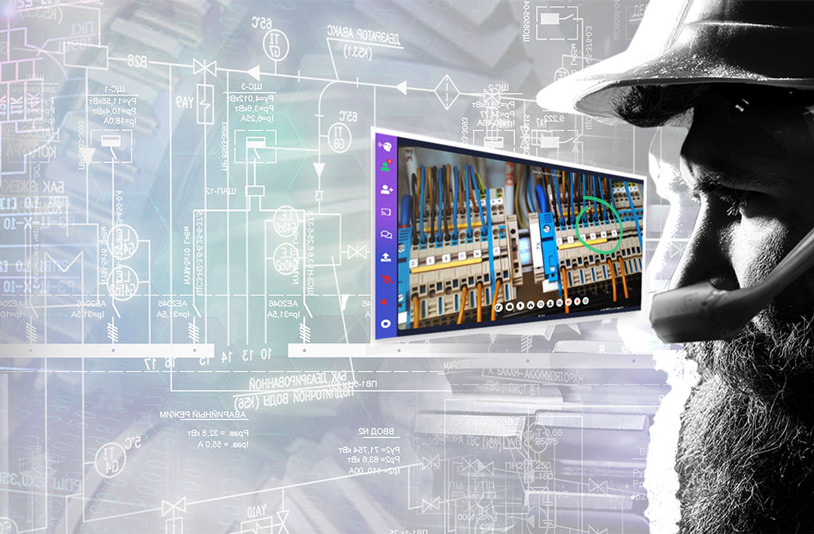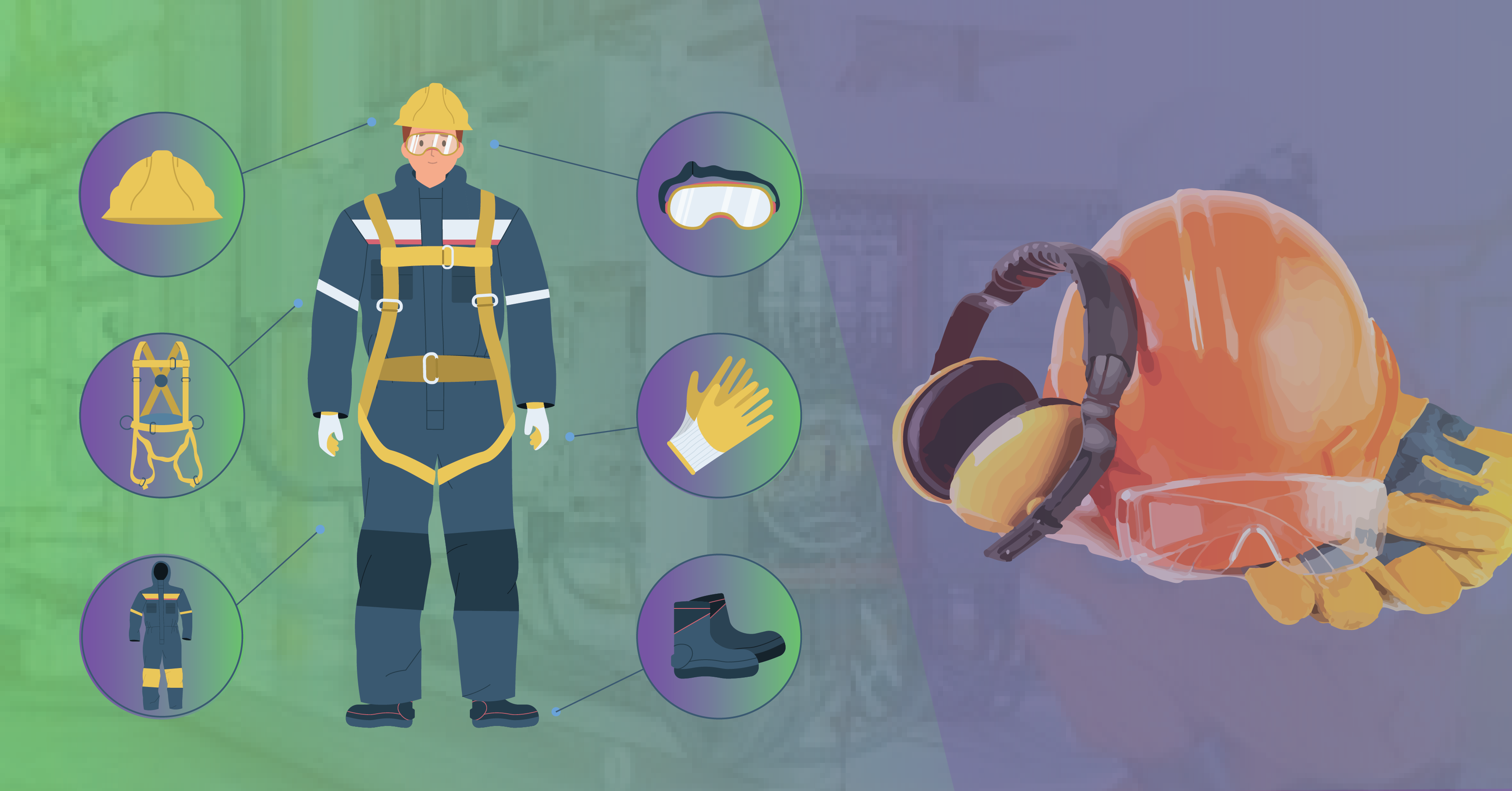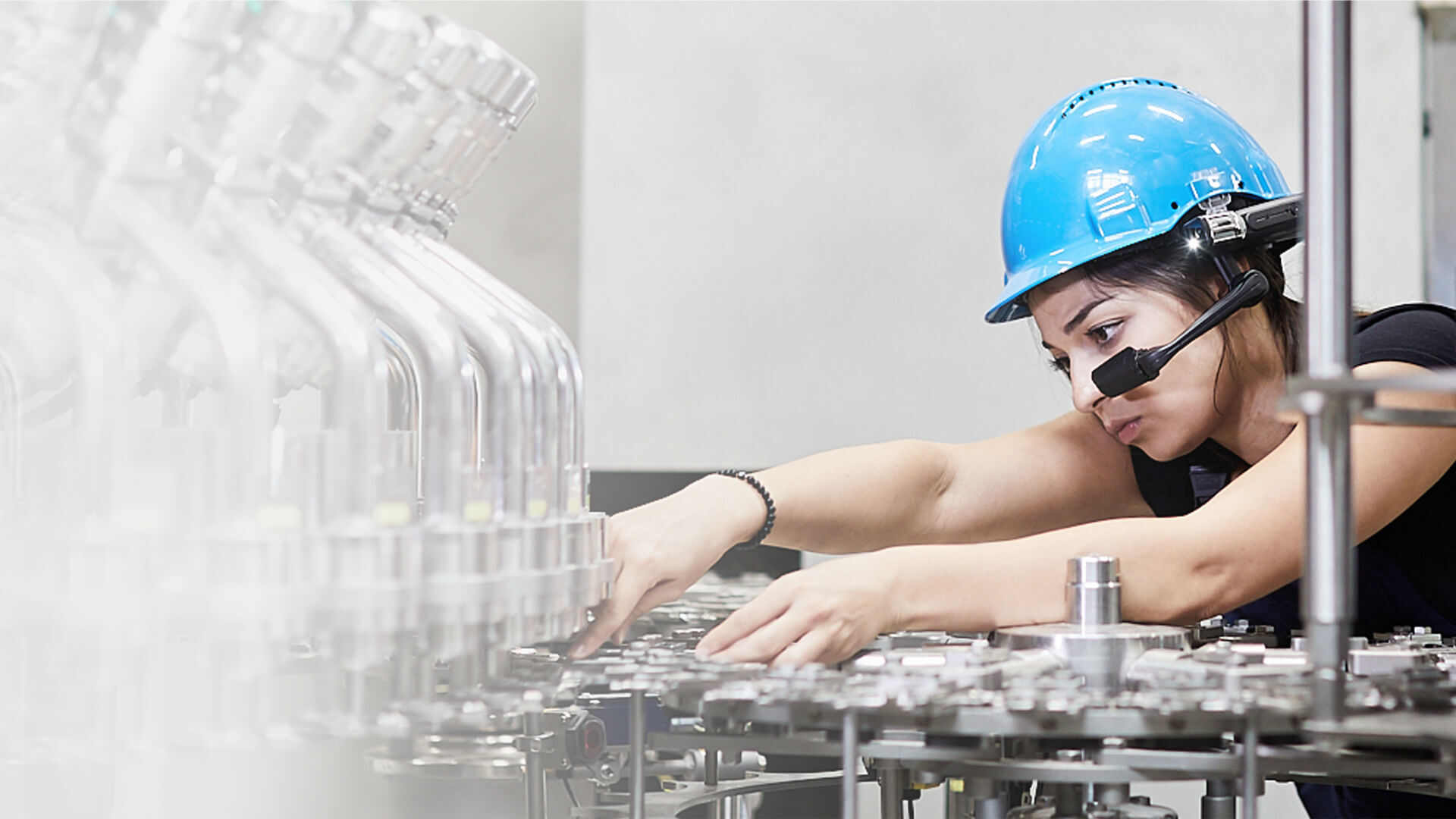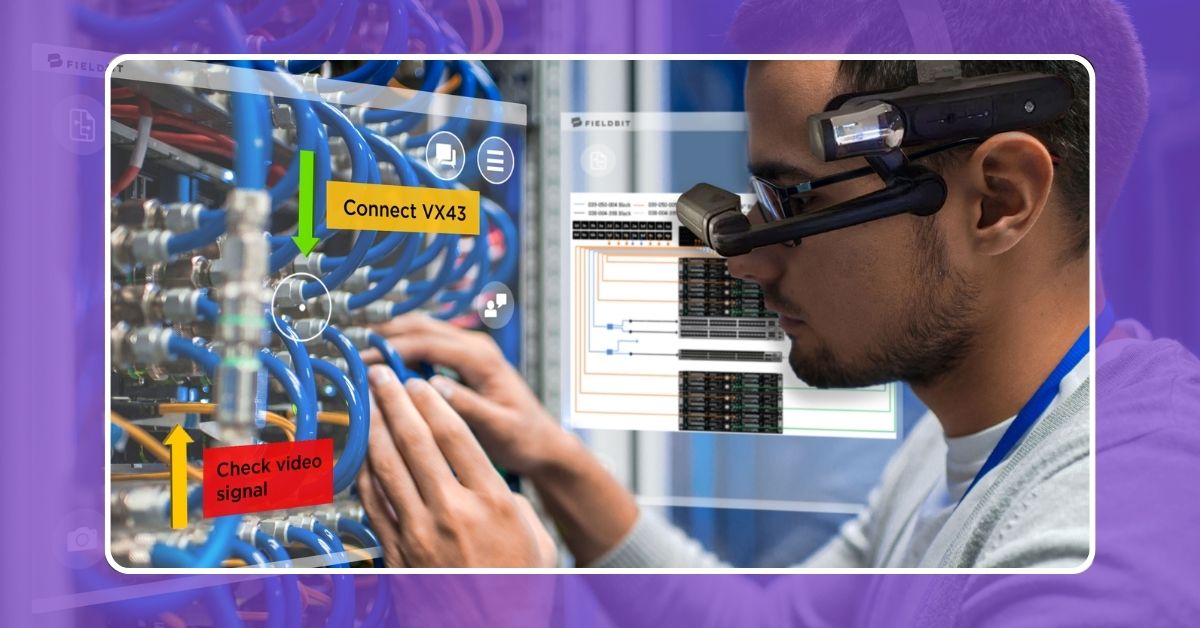What's Happening Now in the World of Wearable Technology?
Health and Fitness:
Fitness trackers and smartwatches have dominated the wearable market, helping individuals monitor their physical activity, heart rate, sleep patterns, and more. These devices not only empower users to lead healthier lives but also provide valuable data for healthcare professionals and researchers.
Smart Clothing:
Wearable technology is now seamlessly integrated into clothing. Smart fabrics can monitor vital signs, adjust the temperature, and even provide GPS tracking. This data can help ensure the well-being of workers and the efficient operation of machinery. This sensor-embedded apparel combines fashion with functionality, making it more appealing to a broader audience, including the MRO sector.
Assisted Reality (AR) and Virtual Reality (VR):
AR glasses, such as Google Glass and Microsoft HoloLens, as well as VR headsets, are enabling immersive experiences in various fields, from gaming and training to education and industry. Helmets equipped with AR displays are becoming essential tools for workers in the construction and manufacturing sectors. Technicians can view schematics and maintenance instructions and even connect with remote experts for real-time guidance. Field service technicians can now wear smart glasses for remote assistance by visualizing what they see in real-time. This not only expedites problem-solving but also reduces downtime.
Exoskeletons:
Exoskeletons are another remarkable development in the realm of industrial wearables. They assist workers in lifting heavy objects and reduce the physical strain associated with repetitive tasks. These wearable devices not only enhance worker efficiency but also minimize the risk of injury.
As technology continues to advance, wearables are becoming more sophisticated and capable. These examples are just the tip of the iceberg. Looking at things as they stand right now, wearable technology appears to have a bright future.
Where Will Wearable Technology Take Us Next?
As technology keeps getting better, the future of wearables seems to be full of exciting possibilities. Better materials, longer-lasting batteries, and smaller components are the driving forces behind these improvements. As we gaze into the future, we see limitless potential and remarkable changes in both the consumer and industrial sectors for wearable technology. Let’s explore some of the exciting prospects that lie ahead:
Improved Healthcare Monitoring:
Wearables will play a pivotal role in healthcare, moving beyond simple fitness tracking to monitor chronic conditions, administer medication reminders, and even detect early signs of medical issues. This will reduce healthcare costs, improve patient outcomes, and empower individuals to take control of their health.
Augmented Reality in Daily Life:
AR glasses and wearables will become integral to our daily lives, offering us augmented experiences that blend the digital and physical worlds. From navigation assistance to interactive learning, these devices will redefine how we interact with our surroundings. It is very helpful for MRO technicians because they can use voice commands or QR codes to get information, which helps them make smart decisions and keep equipment in good shape.
Enhanced Productivity:
Wearable tech is about to change the way MRO professionals do their jobs. Technicians can use smart glasses or headsets to access vital information, schematics, and instructions in real-time. They can benefit from hands-free access that not only speeds up the maintenance process but also reduces errors, making workplaces safer and more efficient.
Remote Expert Assistance:
Wearables enable remote experts to provide real-time guidance to on-site technicians. By leveraging AR technology, experts can view what technicians are seeing and offer guidance through a secure connection. This minimizes downtime and reduces the need for experts to travel to the site.
Enhanced Safety:
Wearable technology can enhance safety protocols by providing real-time alerts and warnings. For example, it can detect if a technician is working in a hazardous environment and issue warnings or trigger emergency response procedures.
Final Words:
From the surge in popularity of smartwatches and fitness trackers to the adoption of AR glasses in the MRO sector, wearables have come a long way. They are not just trendy gadgets anymore; they’re powerful tools changing the game. Looking ahead, the healthcare sector stands to benefit immensely from wearables that can monitor, diagnose, and treat. Industries like MRO will see improved efficiency, safety, and productivity. As technology continues to advance, wearables will be an indispensable part of our daily routines, making our lives healthier, more productive, and safer.
Wearable technology has already achieved so much, but the journey is far from over. So, whether it’s on your wrist, your head, or anywhere you wear your tech, keep an eye out, because the future of wearables is shining brighter each day!




